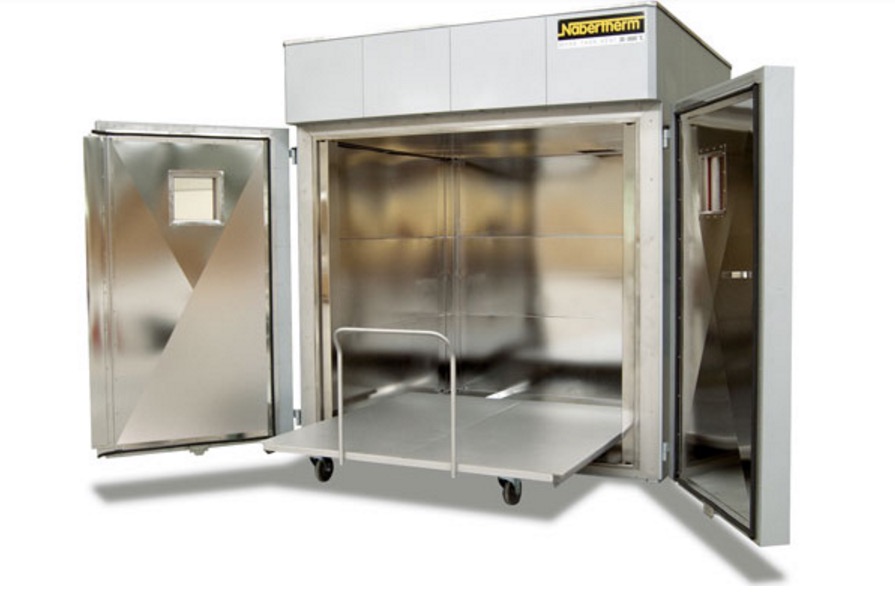
Furnaces for 3D printing? Yes, I think so.
I am of the growing opinion that there is an important future market within the 3D printing world for furnaces to accompany the 3D printing equipment itself.
Why? Simply because I’ve seen several instances of new metal and ceramic 3D printing processes recently that all benefit, or sometimes require, the use of furnaces to complete the process.
Here are two examples I’ve posted recently:
Höganäs’ brilliant metal 3D printing process involves selectively squirting fine droplets of binder on a flat bed of fine metal powder. This binder holds the metal particles together in the desired shape until it is fired in a furnace at a very precise temperature to fuse the metal particles together without compromising the object shape. In fact, the Höganäs process actually requires a couple of heat treatments to complete – each of which takes place in an industrial furnace.
Another use of furnaces relates to ceramic 3D printing, including the amazing hard-clay printer we wrote about last week. Typically ceramics are extruded wet or in pliable form, whereupon they must be fired – in a furnace once again. In some cases, the raw print must be dried before firing, and again this can take place in a furnace.
I won’t get into the food printing aspects, where you might also “fire” your 3D printed pizza / cookie / cake / etc to make it edible.
But I have a sense that ceramic and metal 3D printing processes, vendors and products are on the rise. Each provides tremendous new capabilities for business as new use cases transform old businesses into new. With that rise will come a demand for furnaces.
Are there furnaces to be applied to this coming need? Indeed there are! Furnace technology is quite mature and there are many vendors of such equipment. One I spoke with recently is Nabertherm of Bremen, Germany. This company has been around since 1947 and has a seemingly endless catalog of every possible style of industrial furnace you could possibly imagine.
They’ve recently noted the growing interest in furnaces from the 3D printing community and have begun to address this with the development of furnaces specialized for these purposes. Their equipment can provide precise heat treatments for both metal and ceramic prints, for fusing, curing, de-bindering, molecular rearrangement and more. They even have unique furnaces that can hold specialized atmospheres if that’s required. Rotary models can spin a print, too.
And as you might guess, they can build you a furnace to custom specifications if required.
Furnaces: soon required in many 3D printing workshops.
Via Nabertherm

